Are massage guns effective- debunking the myth
Massage guns are heavily marketed as a substitute for professional therapists, providing benefits such as sports recovery and pain... Read Article
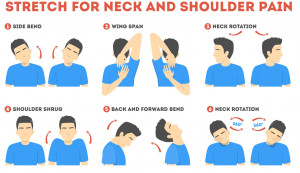
If you see a doctor with shoulder pain you’ll likely be given some exercises to “correct” the problem, but when I reviewed the clinical trials and other scientific information I found these are unlikely to fix shoulder problems, and more likely to cause harm.
The key issue is that there are two major (often overlooked) issues that cause poor shoulder function and pain. while these persist:
These need to be dealt with first to allow the joint to work properly, then once the joint is able to work normally exercises can be an important part of a rehabilitation program. While this approach is advocated by the US National Academy of Sports Medicine (28), it is way too often ignored.
In this article we will outline what these problems are, why "corrective exercises" will not work, and how these are correctly dealt with.
An overview of the problem
How abnormal balance and function cause shoulder pain
How (myofascial) trigger points cause shoulder pain
Why exercises will not fix the problem
The sensible solution for shoulder problems
Professionals
References
The following is a point by point overview of why "corrective exercises" cannot correct shoulder function, but how they can be used as part of a rehabilitation program.
Along with (myofascial) trigger points (discussed later), abnormal function is the major cause of shoulder pain. Normal function requires correct balance and neuromuscular control. When something affects this the joint will move abnormally, causing it to pinch, wear fast and become damaged. We will look at this in more detail, why exercises will not fix the problem, then how to deal with these properly.
In this section:
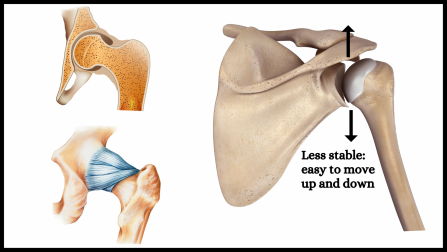
The key issue is that shoulders are very unstable joints. This is easiest to understand when comparing it with a hip joint. As this diagram shows the hip joint has a ball sitting snug in a socket and held in place with tight bands. In contrast your shoulder has a large ball sitting in a shallow socket. To keep that ball sitting snugly where is should be we have a complex control mechanism involving balance and the muscles around your shoulder.
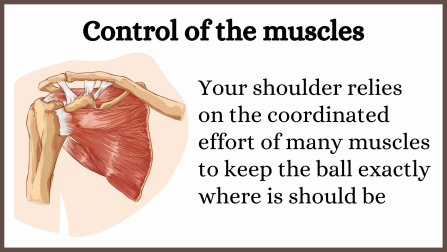
In order for the shallow unstable ball to sit snugly in the socket and move around smoothly your shoulder relies on:
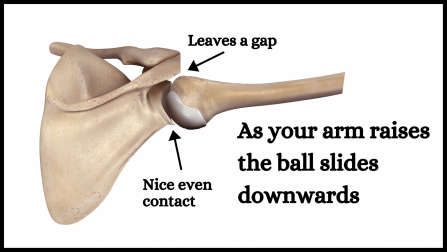
For your arm to move the ball need to slide within the shallow socket. For example, as this diagram shows, as your arm lifts up the ball needs to slide down in the socket. Again, this movement requires balance and the coordinated effort of many muscles.
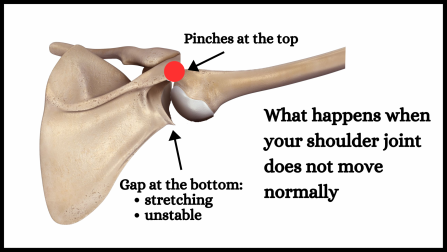
Let us look at what happens when the balance of your shoulder is affected or the muscles are unable to coordinate the movement. As this example shows:
These issues can cause pain, accelerated wear, and the joint to be vulnerable to injury.
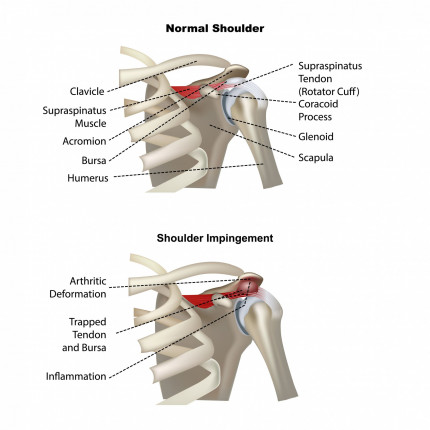
When pain and injury is caused this way doctors call it "impingement syndrome". They recognising the pinching and resultant injury, but not why this is happening. This diagram shows an example.
If you leave this condition for long enough some of those parts will become damaged or worn enough to show up on a scan and x-rays. Again theses changes are recognised, but their cause is not.
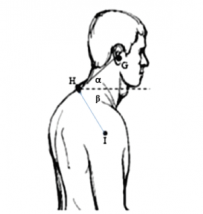
Postures like shown in this diagram alter the angles and balance of shoulder structures placing them under abnormal stress. Several studies have found this to be a major cause of shoulder impingement (1-7), while one found that if this posture was corrected it relieved shoulder pain (7).
Despite all the evidence about this and (myofascial) trigger points discussed below the medical journals doctors read usually do not mention these (8,9). The drug companies that heavily fund these journals prefer doctors to prescribe useless therapies and pain relieving drugs.
(Myofascial) trigger points, or “trigger points” for short are those tender lumps in your muscles that massage therapists find. They cause shoulder pain three ways.
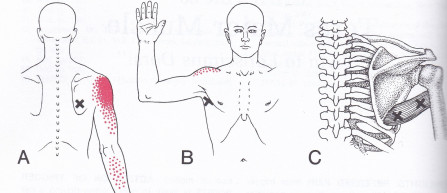
As is the case with postural issues (discussed above), despite the huge amount of scientific evidence this information is usually omitted from medical journals.
As discussed in our Guide To (Myofascial) Trigger Points , trigger points will inhibit the function of muscles. Because of this one researcher found that when the shoulder muscles contained trigger points they were unable to control the joint properly, but when the trigger points were treated the control went back to normal (10).
Other researchers found that compared with non-sufferers the muscles of shoulder pain sufferers contain large numbers of trigger points, and treating these trigger points relieves shoulder pain (11-17)
The key issue is that abnormal shoulder function will have underlying causes such as a postural imbalance or muscles not doing what they need to. If you exercise the shoulder with those issues remaining the joint will still move around abnormally. If anything it will accelerate the damage.
Clinical trials confirm this, showing that:
Exercises will not eliminate trigger points, and in many cases can cause them to flare up. For more information please see our Trigger point therapy guide .
The postural problems discussed have complex causes, and usually cannot be fixed by just doing exercises. For more information please see this article.
This research raises three important issues for dealing with shoulder pain and functional problems
As mentioned above, doing “corrective exercises” without first enabling the shoulder to function normally will just accelerate damage. Further, a study in the Journal of elbow and shoulder surgery found that the evidence does not support the use of analgesics, anti-inflammatory drugs, corticosteroids, physiotherapy or exercises, and after six months 79% of shoulder pain is un-resolved (23). You need to stop doing things that have no proven benefit and likely cause harm.
The logical thing to do is to:
There have been several studies of shoulder pain where exercises alone have been compared with exercises plus physical therapies such joint manipulation (freeing up restricted joints) and soft tissue therapy (massage and trigger point therapy) (24-27). In each case the results were way better when using the therapies. Those therapies help take care of the issues inhibiting normal joint function, allowing more normal function for rehabilitation.
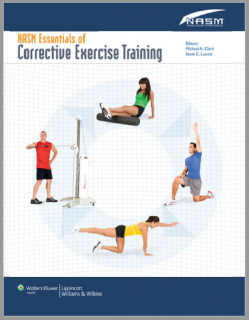
The (USA) National Academy of Sports Medicine (NASM) produces a 400+ page guide called “NASM Essentials of Corrective Exercise Training" (28). It advises that several issues including those muscular problems we’ve mention need to be addressed before doing “corrective” exercises.
In this section:
Researchers have found that trigger points are almost universally present in shoulder pain sufferers (12–14) . They can:
Treatment of trigger points can therefore stop the referred pain, plus help restore normal posture and shoulder joint function. Because of this treating trigger points alone has proven to be very effective for shoulder pain (11,14,15,17,29).
With the right equipment trigger point therapy to your shoulder muscles is very easy to do. Below we will link to an excellent guides and a video. However, due to some very common misinformation and advice we will briefly discuss some basics you need to know.
Whether it is needles, laser or manual therapies courses of trigger point therapies are only designed (and scientifically proven) to relieve symptoms, not eliminate the trigger points. This means they are still there, so they continue to inhibit shoulder muscles and will eventually start causing pain again. To rid trigger points you need to continue therapy for long after the pain goes, which is why we recommend self therapy. For more information please see our article The best treatment for trigger points .
Despite being common advised and heavily promoted:
For effective self trigger point therapy for your shoulder muscles please check out the resources below.

DrGraeme massagers were originally built by Dr Graeme for use in his clinic, and to prescribe to his patients for additional self use at home. Now these are used by colleagues and other professionals for similar purposes. If you are a professional and wish to know more about this therapy, or possibly get a sample massager to trial please check out our practitioner page .
We are continually adding more information on research and uses. Subscribe below to have us email them to you "hot off the press".

Several years ago Dr Graeme, a Chiropractor practicing in Victoria, Australia was looking for a serious hand held massager his patients could use at home to get the extra quality massage they needed. The ones he found in the shops and on-line for home use looked nice but were not serious, and... read more
Massage guns are heavily marketed as a substitute for professional therapists, providing benefits such as sports recovery and pain... Read Article
Yes (myofascial) trigger points are a very large cause of shoulder pain. They have been found to be extremely common in sufferers of... Read Article
Treating or releasing trigger points yourself is actually extremely easy. With a bit of instruction and practice you can easily find the... Read Article
Two of the best studies of shoulder pain found that (myofascial) trigger points in 17 different muscles contribute to shoulder pain... Read Article
The problem with a really good workout is the next day your muscles are sore, and it takes a few days until you can work out again. ... Read Article
To become fitter, stronger and faster your need to push your body to create the microscopic damage that stimulates improvement. That... Read Article
Trigger points are those tender lumps in muscles that therapists find. This article covers what they are, what they do, and how they are... Read Article
Do not refresh or leave this page until loading complete.